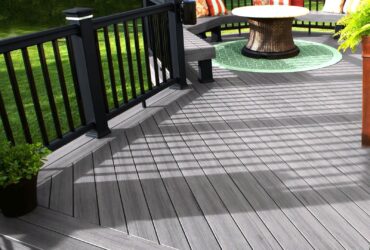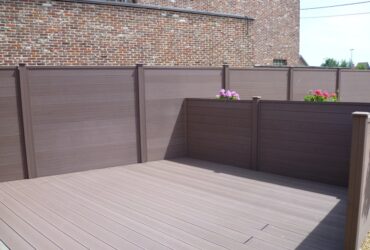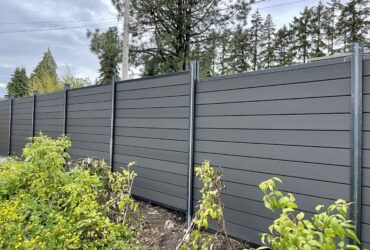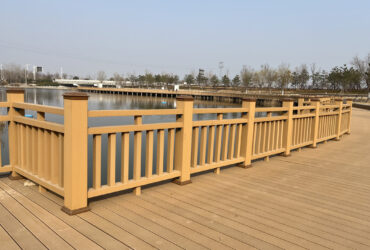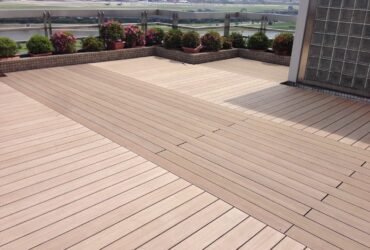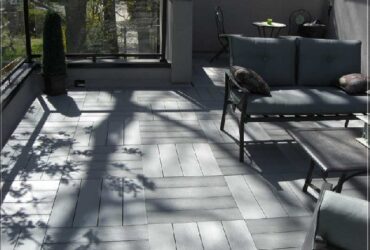Composition Of Wood Plastic Composite Material
The composition of wood plastic composite materials mainly includes three types: wooden materials, plastic matrix and auxiliary additives. Among them, wooden materials are generally wood or other natural plant fibers. The plastic matrix is mainly thermoplastic plastic. Auxiliary additives are mostly additives with enhanced performance. In the actual production preparation process, the types and dosage of raw materials and additives are usually determined by product demand, process conditions, raw material parameters and production costs.
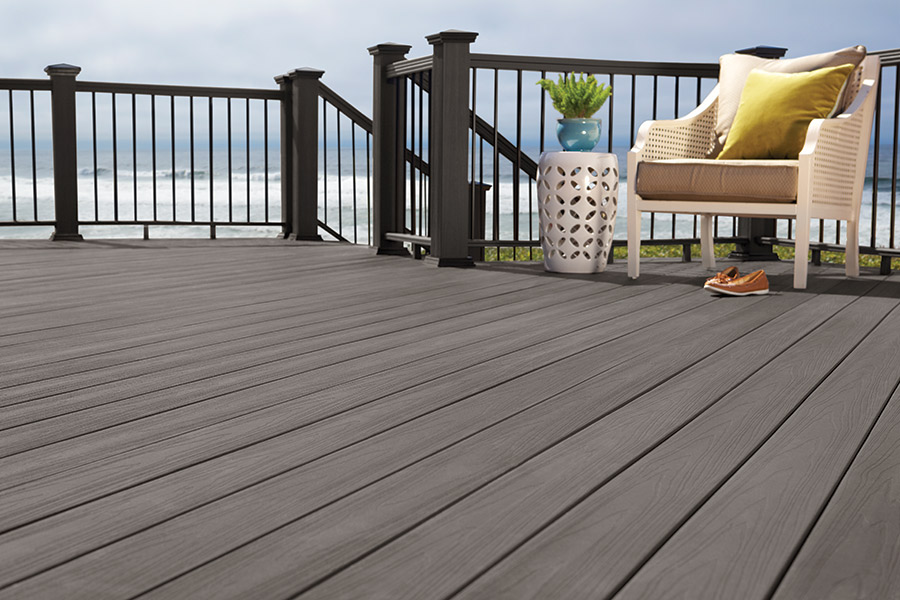
Wooden material
Wooden materials are generally wood or other natural plant fibers. In order to save production costs, the remaining materials or waste materials in the process of preparing wood can also be used (such as waste wood, wood chips, sawdust, etc.). In addition, natural crops (such as rice shells, wheat stalks, sugar cane residues, etc.) can also be used as raw materials for wood plastic composite materials.Add waste coconut shell powder to polypropylene (PP) and prepare PP/waste coconut shell composite materials,Metic acrylic hydroglceride is also used to increase PP/waste coconut shell powder composite material for PP (PP-G-GMA).Studies found that when the mass score of PP-G-GMA was 15%, the stretching strength and impact strength of the composite materials increased by 28.5%and 56.9%, respectively. Wooden materials can enhance the wood plastic composite material,Its type, appearance, size, and amount directly determine the strength of the composite material. At the same time, the amount of wood material is strictly regulated during the preparation process. Adding too much will affect the water resistance of wood plastic composite materials.
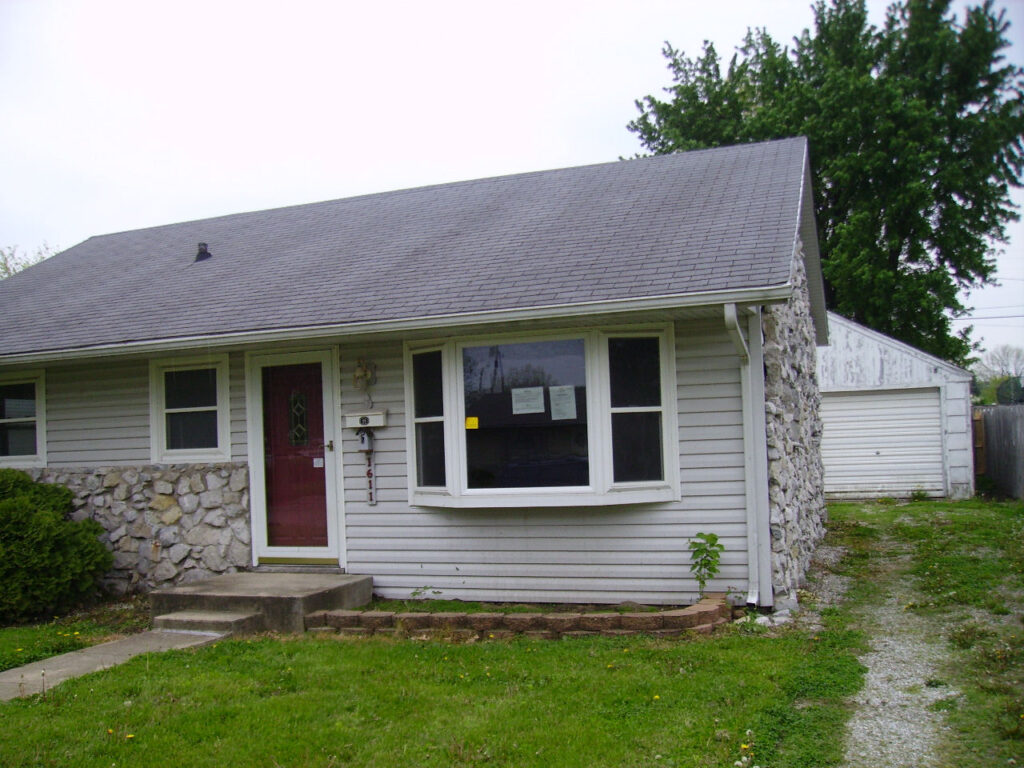
Plastic substrate
The plastic matrix mainly uses thermoplastic plastic. This is because the recovery rate of thermoplastic plastic is high. After heating, the product can be re -softened into type and can be used multiple times. In addition, its molding process is simple and the product mechanical strength is high. The thermosetry plastic molding method is complex and the cycle utilization is low, and it is difficult to softe it again after the product is solidified. At present, thermoplastic plastic that often use in industrial production is polyethylene (PE), PP, and polyvinyl chloride (PVC).The performance of wood plastic composite materials prepared by different plastic base systems is also different,PP base wood plastic composite materials have a high load deformation temperature, and their heat resistance is better, while PVC basewood plastic composite materials have better curved performance and stretching performance.The mechanical properties of PP base wood plastic composite materials were studied, and two different coupling agents were used to treat wood powder on the surface.Studies have found that under the conditions of adding the same wooden powder, the titanate coupling agent has better treatment for wood powder.After the coupling agent treatment, the interface compatibility of wood powder and PP is improved, and the mechanical properties of composite materials are improved.
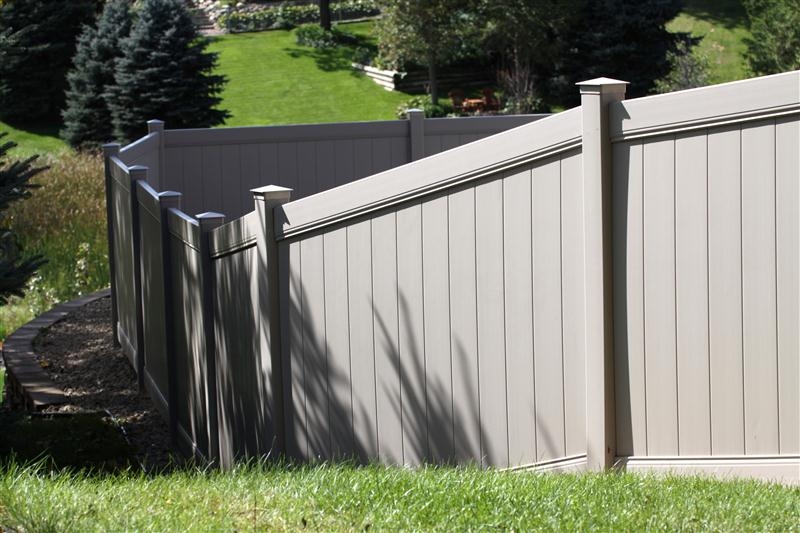
Auxiliary additive
In the process of producing wooden plastic composite materials,Due to the difference in hydrophilic properties of wooden materials and plastic substrates, the composite interface of the two materials is prone to defects, resulting in poor adhesion strength, difficult to prepare formed, and ultimately affect the structure and performance of the product.In order to improve the above situation, different auxiliary additives are usually added in the actual production process(Such as the coupling agent, the hedgeant, the stabilizer, the moldproof agent, the dispersant, the color of the color, the flame retardant, etc.) to enhance the interface compatibility of the composite material and improve the product performance.The use of melting method and solution method to synthesize acrylic branches PP, Malaysic acidic anhydrials-ethylene-crawl closer, and Malay acidic anhydrials.To improve the compatibility of PP base wood plastic composite materials. The results show that all three types of containers can significantly improve the compatibility of wood plastic composite materials.

